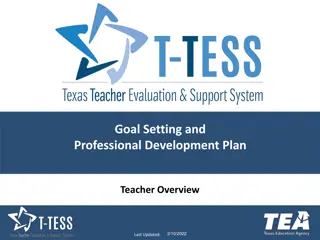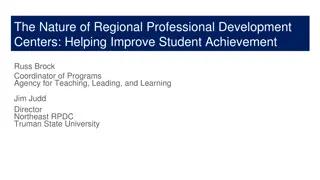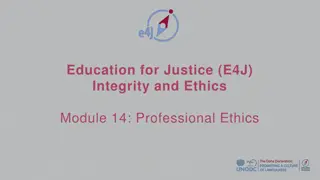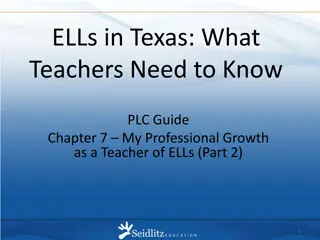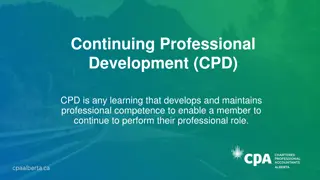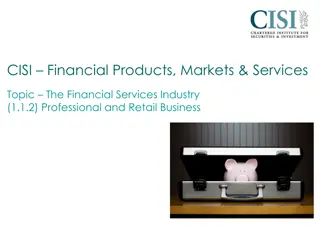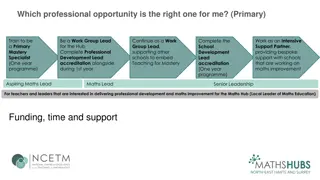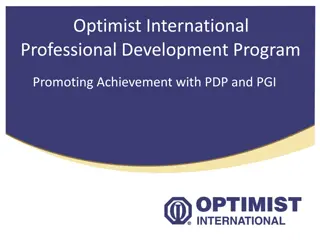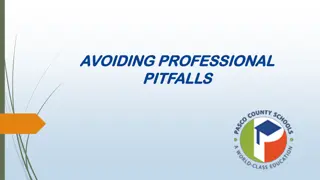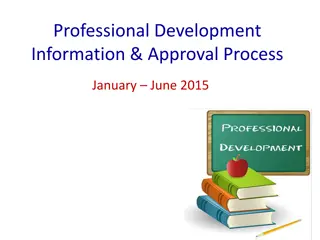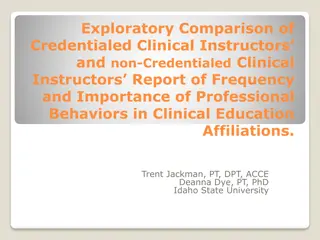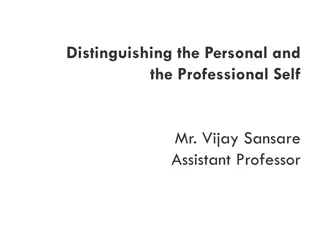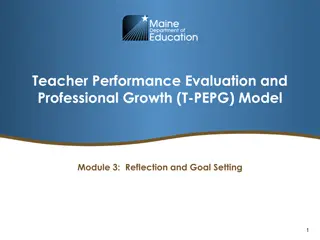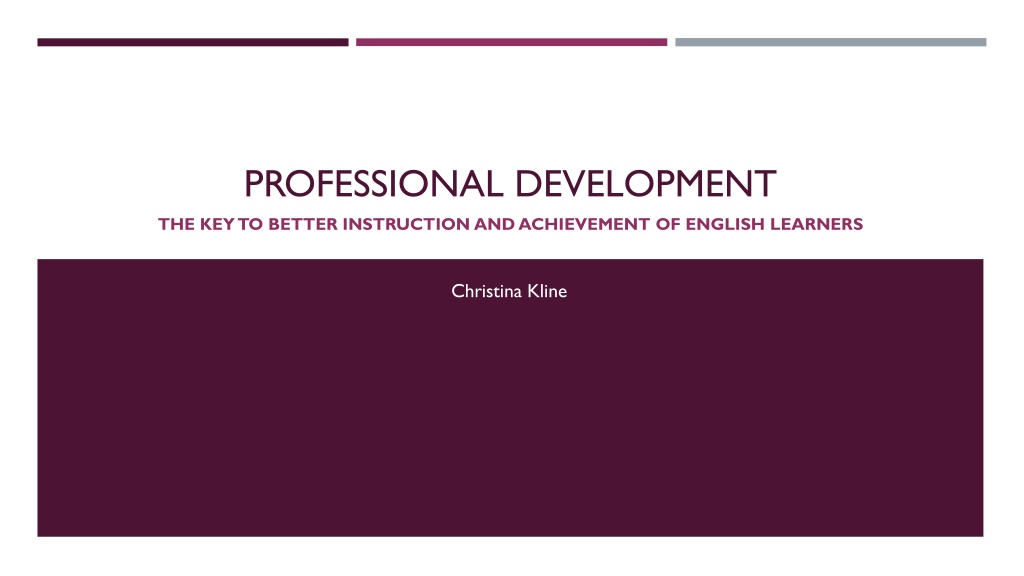
Key Strategies for Improving English Learners' Achievement
Explore the importance of professional development in enhancing instructional methods for English learners (ELs). Discover the challenges faced by ELs, such as academic language struggles and low proficiency rates. Learn about the impact of inadequate professional development on teachers and students, and how implementing effective strategies like Sheltered Instructional Observation Protocol (SIOP) can lead to better outcomes for ELs.
Download Presentation

Please find below an Image/Link to download the presentation.
The content on the website is provided AS IS for your information and personal use only. It may not be sold, licensed, or shared on other websites without obtaining consent from the author. If you encounter any issues during the download, it is possible that the publisher has removed the file from their server.
You are allowed to download the files provided on this website for personal or commercial use, subject to the condition that they are used lawfully. All files are the property of their respective owners.
The content on the website is provided AS IS for your information and personal use only. It may not be sold, licensed, or shared on other websites without obtaining consent from the author.
E N D
Presentation Transcript
PROFESSIONAL DEVELOPMENT THE KEY TO BETTER INSTRUCTION AND ACHIEVEMENT OF ENGLISH LEARNERS Christina Kline
CHANGING POPULATIONS Hispanic population more than doubled 1980 to 2000 grew 51% 1998 2008 U.S. population grew only 7.2%
CHANGING POPULATIONS ELs not included: pass proficiency tests - struggle with academic language in classroom lack of research concerning this student population changing dynamics
LITERACY CRISIS NAEP Reading Scores 2009 pattern of underperformance National Assessment of Educational Progress (NAEP) - reading section 2009 - 8th grade - proficient or advanced scores: 37% - non-Els: 34% - ELs: 3% result of sophisticated academic language low expectations - unbalanced environment Non-ELs Proficient or Advanced Below proficient ELs Below proficient Non-ELs ELs
LACK OF PROFESSIONAL DEVELOPMENT (PD) teachers unprepared for classroom dynamics limited states requiring collegiate English as a second language (ESL) methods courses 2008: 26% teachers received PD for strategies to support Els one-shot workshops ineffective barriers preventing abundance of high-quality PD teacher desire to learn for their students lack of PD = negative impact on achievement
IMPROVING INSTRUCTION need intense and high-quality PD - scaffolds Sheltered Instructional Observation Protocol (SIOP) - Stephen Krashen explicitly teach thinking and decision-making - not just activities important: fidelity of implementation two years of PD long-term changes in instruction ( high implementers ) coaching and mentoring
IMPROVING STUDENT ACHIEVEMENT better professional development = higher performance of ELs SIOP model increased high-stakes scores keep leaders and administrators informed of the model understand the fundamental principles - why it works
FUTURE STEPS funds should be redirected for intensive, high-quality PD - lasting impacts future research: SIOP in select classrooms vs. schoolwide SIOP model implementation
RESEARCH PROPOSAL SIMULATED SCHOOLWIDE SIOP IMPLEMENTATION
PURPOSE discover if a schoolwide implementation of the Sheltered Instruction Observation Protocol (SIOP) model results in greater achievement for ELs
GUIDING PRINCIPLES The SIOP model makes content area information accessible to all students while also supporting the language needs of EL students (McIntyre, Kyle, Chen, Mu oz, & Beldon, 2010). Fidelity of implementing interventions is necessary for positive results in student achievement (Echevarria, Richards-Tutor, Chinn, & Ratleff, 2011; McIntyre, Kyle, Chen, Mu oz, & Beldon, 2010; Short, 2013; Short, Echevarria, & Richards-Tutor, 2011). Teachers need at least two years of professional development to fully implement an intervention with high fidelity (Short, Fidelman, & Louguit, 2012). School leadership needs to understand the intervention being implemented so they can ensure that it is being implemented properly and provide support to the teachers (Short, 2013).
RESEARCH QUESTIONS How can teachers provide an environment that fully embraces the SIOP model in every classroom? How will consistent engagement in classrooms for every content area fully implementing the SIOP model further impact student achievement?
METHOD Participants - three schools in one district - participation voluntary via principal Materials - assessments - observation forms - interview forms - other general resources
METHOD School 1 - control school School 2 - implement SIOP model across entire grade level for two years (i.e. 4th) School 3 - implement SIOP model across entire grade level for one year (i.e. 4th) - implement SIOP model across entire consecutive grade level for one year (5th) simulation of schoolwide implementation
DATA Collection - standardized assessments across subjects (pre and post) - Levels of Use Interview Protocol - observations by professional development team Analysis - examine teachers fidelity of implementation - evaluate differences between student achievement in each school
EDUCATIONAL IMPORTANCE add another layer of understanding to current research findings long-term PD improves instruction and student achievement - taking it a step further teachers become experts students are immersed






